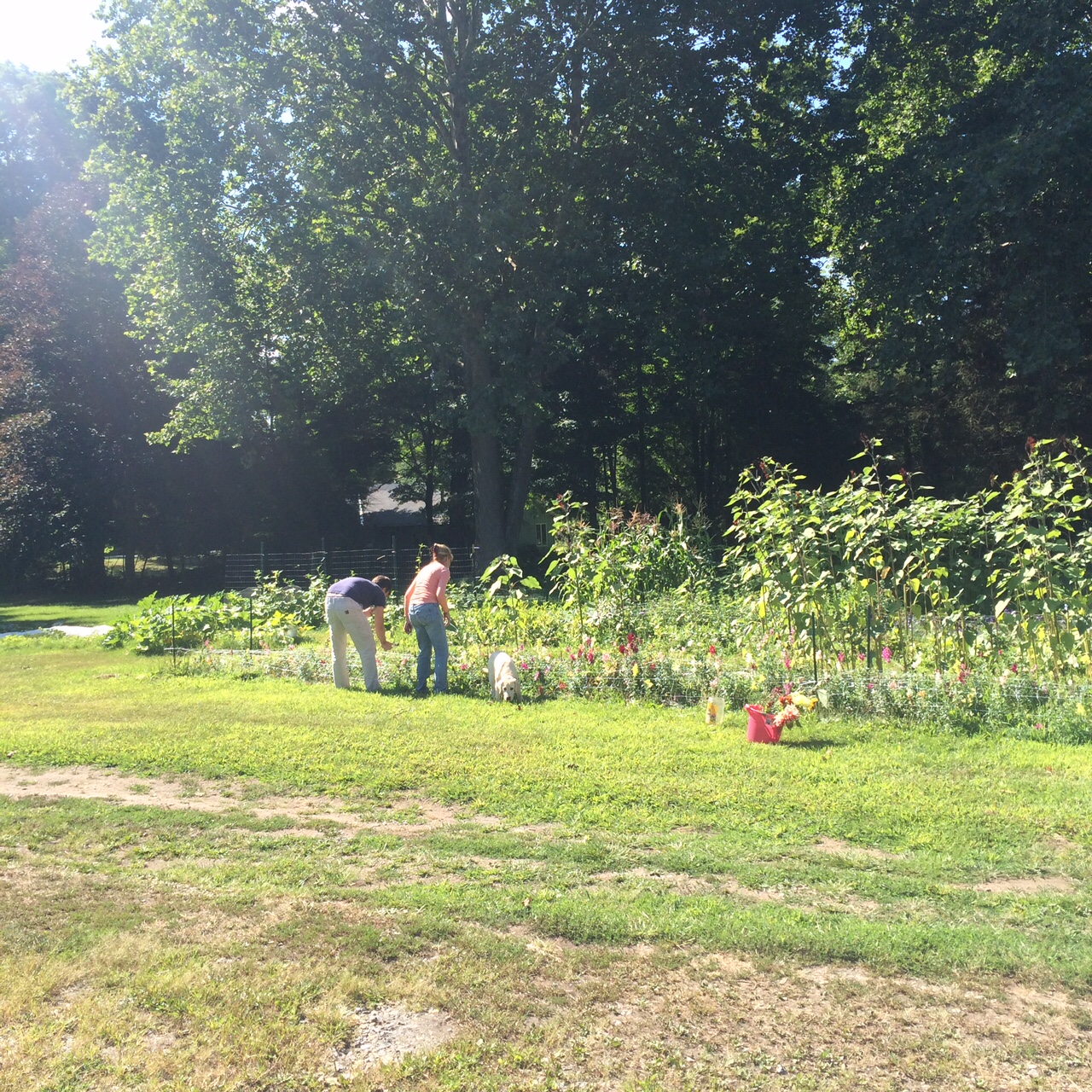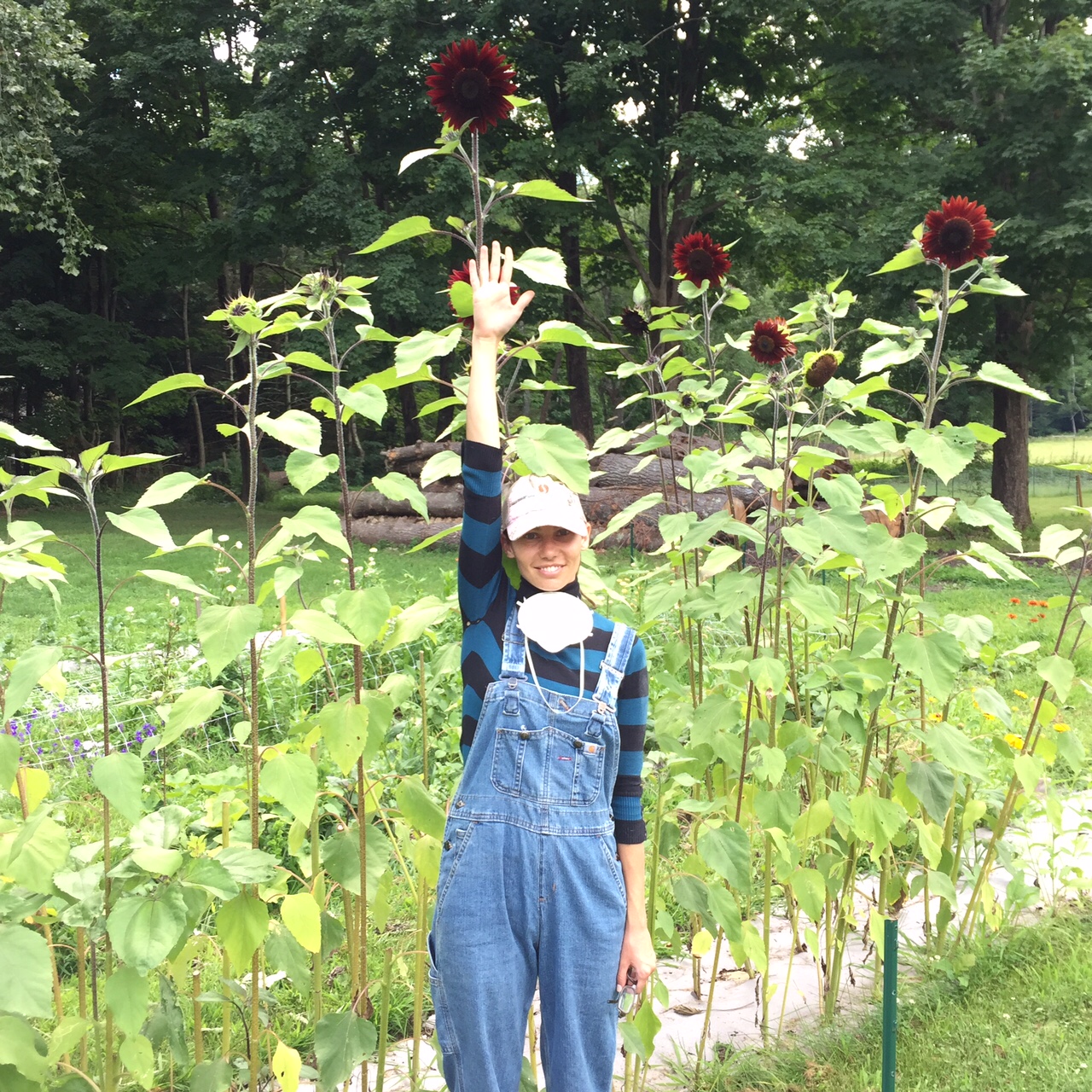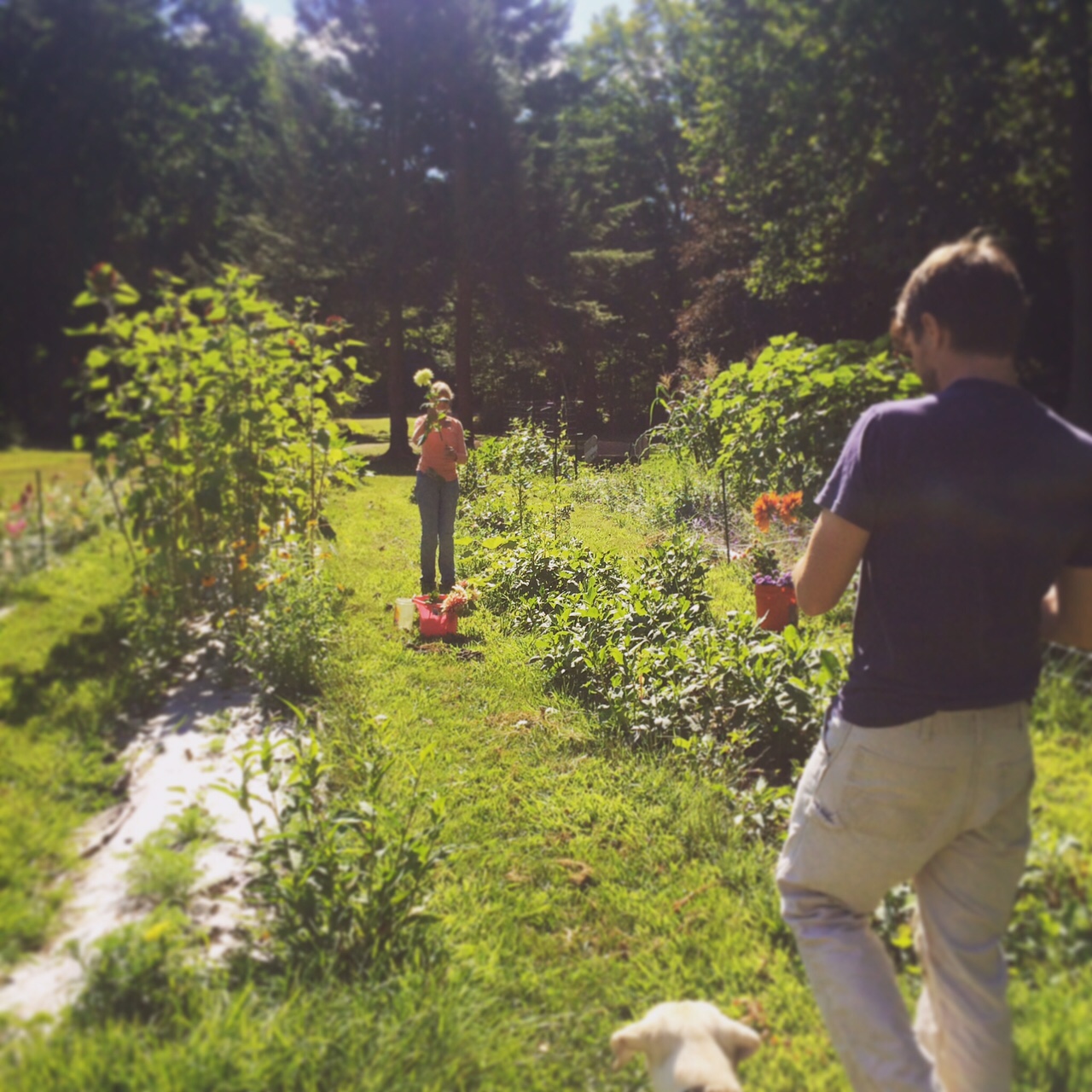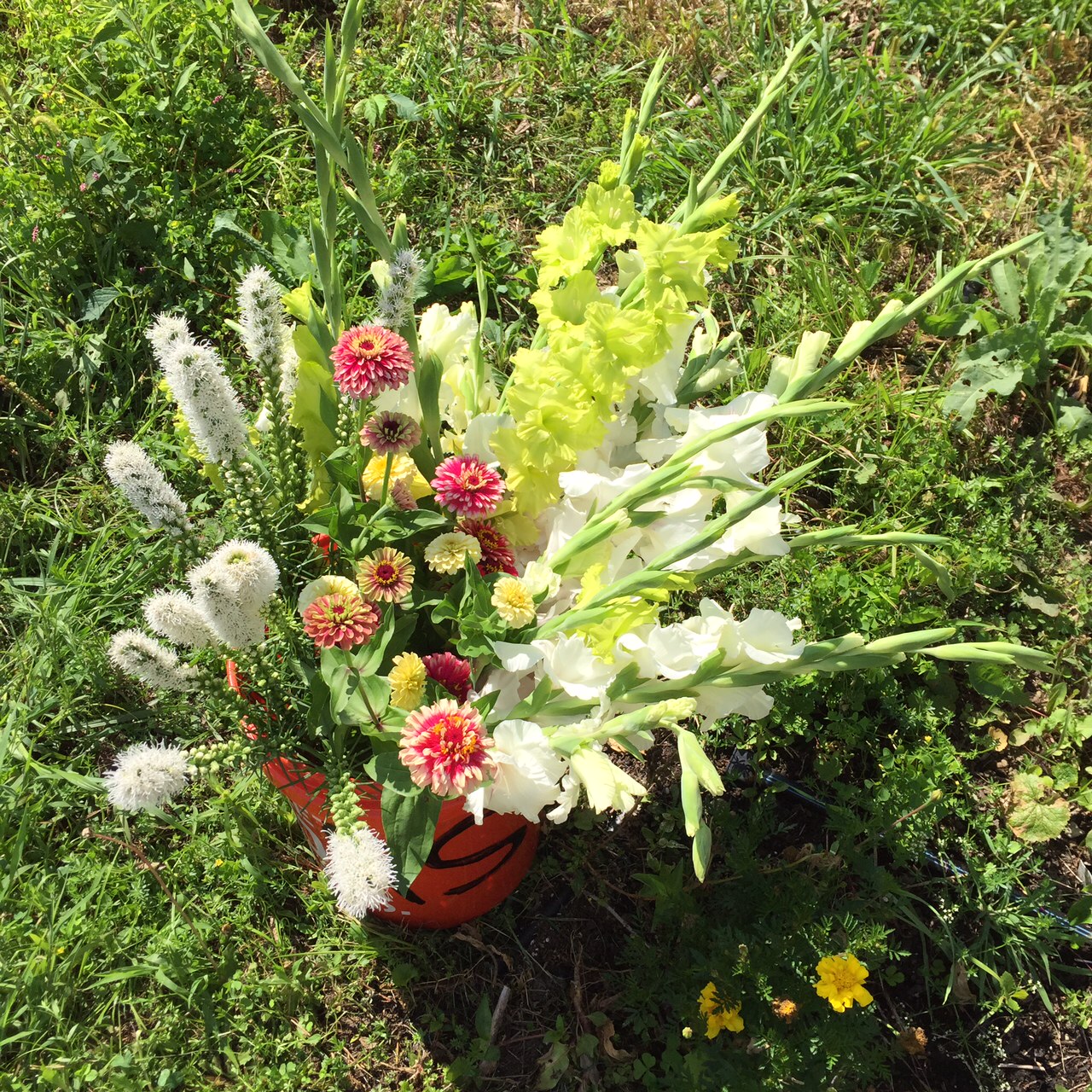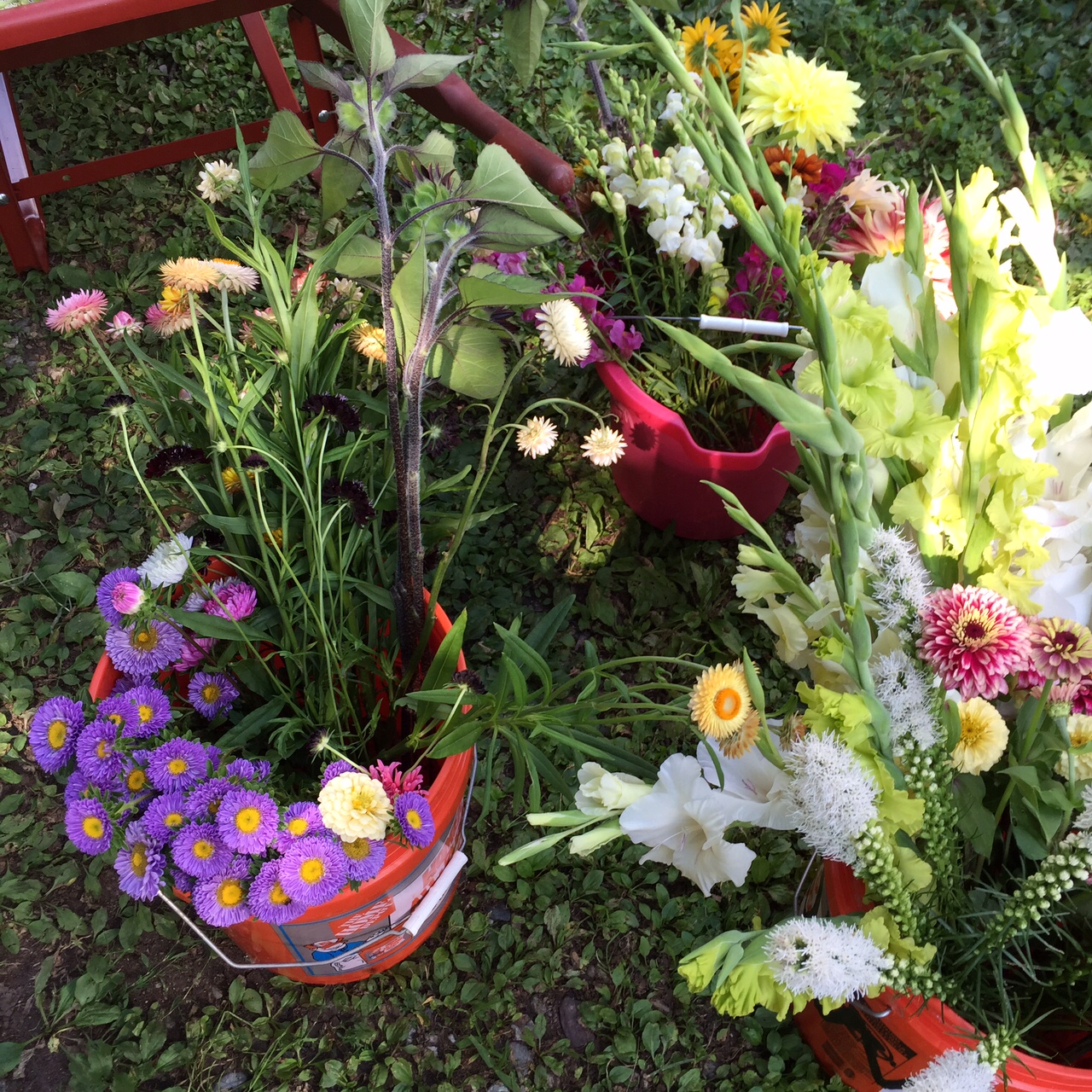So when we first embarked on this renovation project we knew we would want to make the land carry it's own weight so there are lots of plans in place for various agricultural pursuits. With that in mind we checked the USDA National Resources Conservation Service soil maps for the area and to our delight our farmhouse falls in what is designated as Copake gravelly silt loam, or in simple terms.."prime farmland". We naively had daydreams of being able to dig a small hole, reach in elbow deep through light fluffy organic soil and have perfect results no matter what we planted. The reality is that, yes, the soil is good and has great drainage, but it varies from point to point and has a fair amount of clay in some areas and is highly compacted/neglected in others. Being lovers of the classic European country gardens which utilize raised beds and also being aware of the benefits that raised beds provide we concluded that the bulk of our planting areas should be built in that manner. On paper that was an easy choice, in reality it's a lot of backbreaking work (especially when the 6 yards of topsoil are dumped 150' from where they are supposed to be).
The first step in this project was to check the compass and run the beds along an East/West axis. From there we pounded grade stakes in and measured off 4' bed widths and 3' walking path widths. One the stakes were in we strung lines along them to create the guides for tilling.
